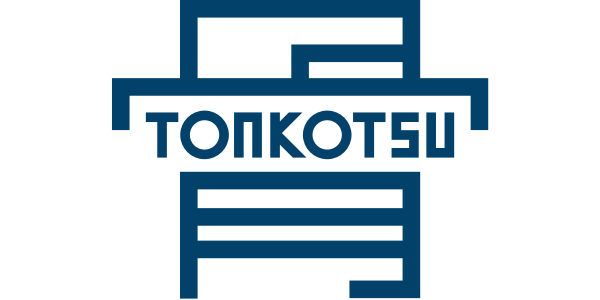.svg)
The Shift - April 18, 2024
The Shift - April 18, 2025

Coming up in this issue:
- Reducing staff attrition by cultivating a stronger company culture
- 4 ways the board and senior leaders can champion employee experience
- Exciting predictions for the future of EX technology
Culture-boosting strategies for frontline retention

The Great Resignation may be old news. But it’s not yet ancient history.
According to a recent HR Executive article, a concerning 20% of frontline workers say they plan to leave their jobs in the near future.
So what can organizations do to tackle ongoing frontline retention challenges?
The HR Executive says that poor company culture is a key cause of attrition. And that there are three culture-boosting actions you can take to improve it.
Rethink reward strategies
Every employee deserves to be paid fairly for their work. But when it comes to building a strong company culture, you need to think beyond the figures on an employee pay stub. You could consider rewards like:
- A personal wellbeing budget: an amount that employees can spend on health and happiness-related benefits
- Pay premiums: a salary bump for challenging and less desirable shifts
- Flexible pay: a real-time earnings program so employees get paid as they earn
Invest in employee development
A lack of advancement opportunities is the number one reason employees leave a job. So go beyond onboarding and role-related training to offer training that helps employees progress in their careers.
Try to think holistically to help frontline employees achieve more stable and successful lives. Offer courses on personal finances, mental health, emerging technologies, and industry trends.
Establish employee retention metrics
Get insight into your company’s work environment by tracking a range of employee retention and engagement metrics.
Retention: metrics like overall retention, absence rates, voluntary and involuntary turnover rates
Engagement: metrics like employee satisfaction, participation in learning modules, attendance at team events, and frequency of peer recognition
Blink’s super app has analytics built in. So tracking employee retention and engagement is easy. Take a look at Blink’s frontline intelligence features here.
Employee experience: what can senior leaders do?

Employee experience (EX) is too often viewed as an HR responsibility. But when the whole organization gets behind EX, the positive impact is amplified.
A recent Forbes article explores what boards and senior leaders can do to support better EX.
1. Understand the connection between EX and performance
Gather metrics on the employee experience. But view these alongside other metrics — like revenue growth, profit margin, and return on equity — to truly understand the connection between EX and organizational performance.
2. Include EX in performance reports
Reconsider the content of financial and operational reports. Using a materiality mindset, leaders can incorporate employee wellbeing and experience into reports. In doing so, they tell a clearer story of company performance and gain valuable insights, too.
3. Champion purpose, values, and innovation
Focus on purpose, values, and innovation. Clearly define and communicate your company’s values, strategy, and goals. Commit to innovation so employees can present customers with a competitive product or service.
4. Monitor EX
Track employee experience metrics across four key areas. Employee attitudes and perspectives. Employee wellbeing. Total rewards program policies. Employee readiness for change.
Struggling to get stakeholders on board with EX? Use Blink’s guide — How to get budget and buy-in for frontline employee wellbeing — to build an effective business case.
An exciting future for EX tech

Technology continues to advance at a staggering rate.
In an ERP Today article, experts shared their thoughts on the EX tech that is nearly within our reach. Which of the following is on your wishlist?
Personalized tech: Pretty soon, technology will know us, our roles, and our work patterns. It will recognize our behaviors and know how best to engage us.
Immersive experiences: The whole organization will embrace a digital way of working. We’ll move seamlessly from one task to another across an interconnected network. And we’ll interact with interfaces using virtual reality (VR) headsets and our voices.
Enhanced decision-making: With the help of AI, machine learning, and predictive analysis, we’ll make better workplace decisions. We’ll have access to scenarios and predictions that help us explore our choices.
Wellbeing monitoring: We’ll be able to give EX feedback in real time. Technology will also detect and address unhealthy behavior patterns, like logging in out of hours or taking on too heavy a workload.
Tech has the power to transform EX. But the ERP Today pros also emphasize the need for a human dimension. Great tech is only one half of the equation.
“People want to be connected with a purpose and companies need to find new ways to engage their workforce, communicating and engaging with that purpose and freeing people up to deliver it. Empowerment is the name of the game.”
Trusted by 300+ frontline organizations










